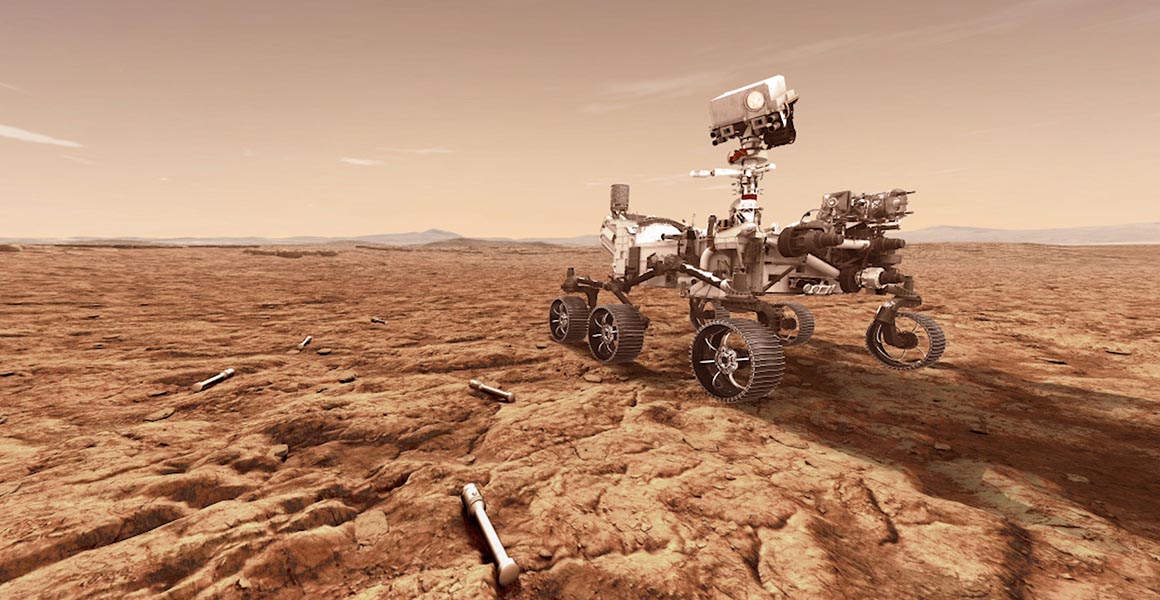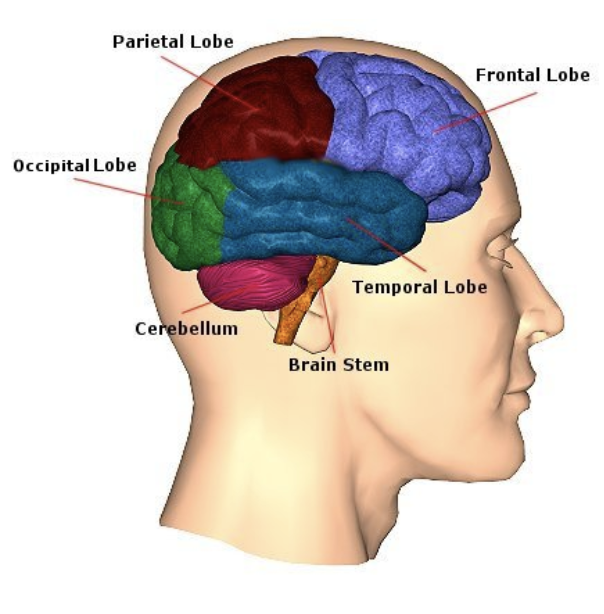By Mario Valerio Aart Pescio, Y13
NASA is yet again pushing boundaries in its field with its newest model of the Mars Rover. Launched on July 20, 2020, Nasa’s “Perseverance” landed on the planet just under two weeks ago on February 18, 2021. The vehicle was designed to help NASA better understand Mars’ geology; part of Perseverance’s mission is to collect and store rock and soil samples that will be returned to Earth in the future. Perseverance will also help search for signs of ancient life on the planet as well as assessing ancient habitability.
Perseverance’s design and hardware improves on previous rovers and is built on the success of NASA’s Curiosity rover. The vehicle itself is car-sized and is roughly the same size as NASA’s previous rovers. It is 10 feet long (about 3 meters), not including the arm, 9 feet wide (2.7 m), and 7 feet tall (2.2 m).
The innovative vehicle will also test new technology for future robotic and human missions to the Red Planet. Perseverance will carry many instruments to conduct unprecedented science, including an autopilot designed to avoid hazards called Terrain Relative Navigation and a set of sensors for gathering data during landing. A new autonomous navigation system will allow the rover to drive faster in challenging terrain. Perseverance will also sport a Mastcam-Z, an advanced camera system with panoramic and stereoscopic imaging capability. This camera will determine mineralogy of the Martian surface and assist with rover operations. Another impressive feature of the Rover is the Mars Oxygen In-Situ Resource Utilization Experiment (MOXIE), a technology demonstration that will produce oxygen from Martian atmospheric carbon dioxide. If successful, this technology could be used by future astronauts on Mars in order to burn rocket fuel for a return to Earth.
As Perseverance landed recently, little data has been gathered; however, NASA is certain that the new vehicle will lead to ground breaking discoveries on the planet. Perseverance will allow humans to understand the red planet like never before.



